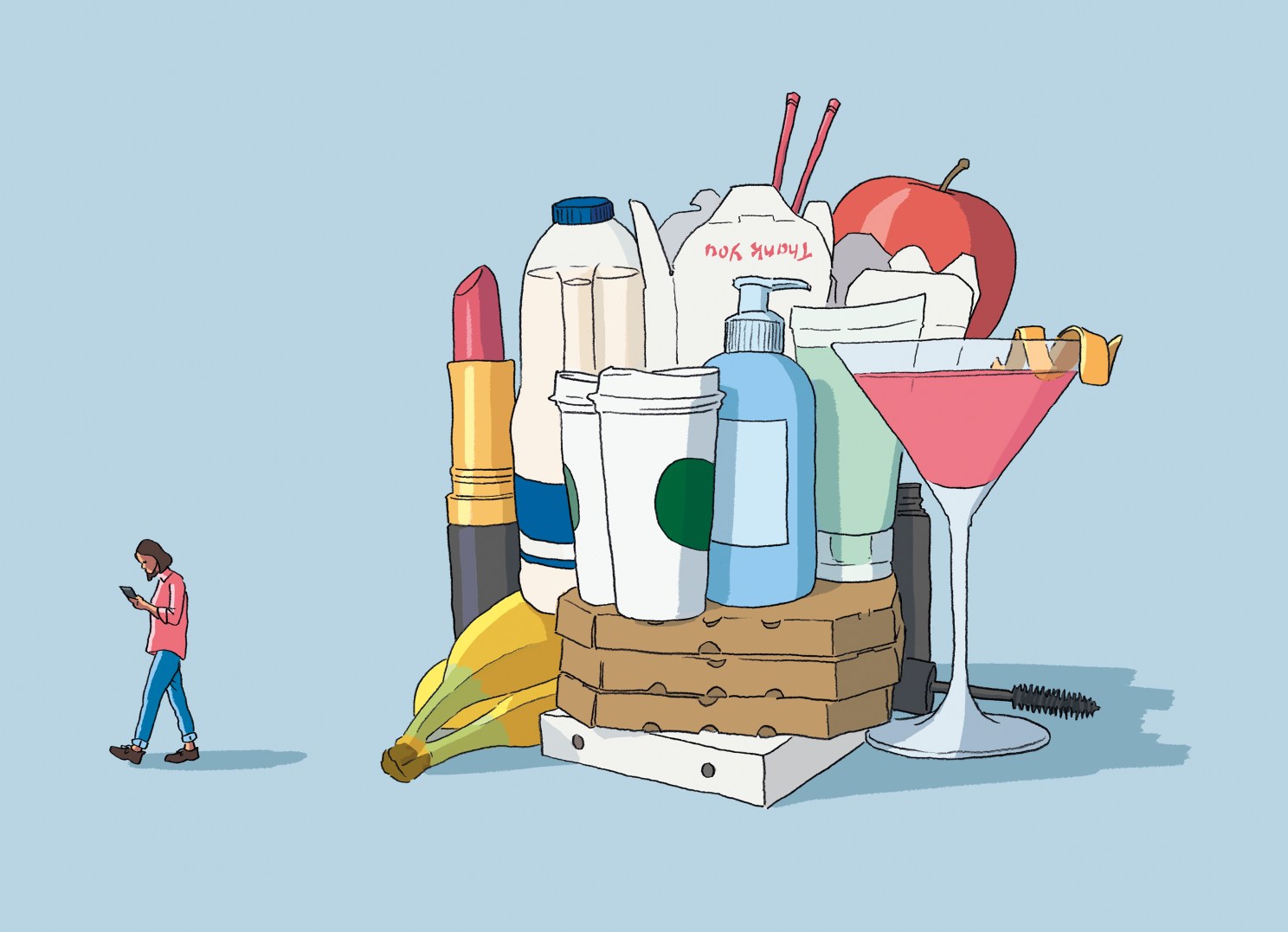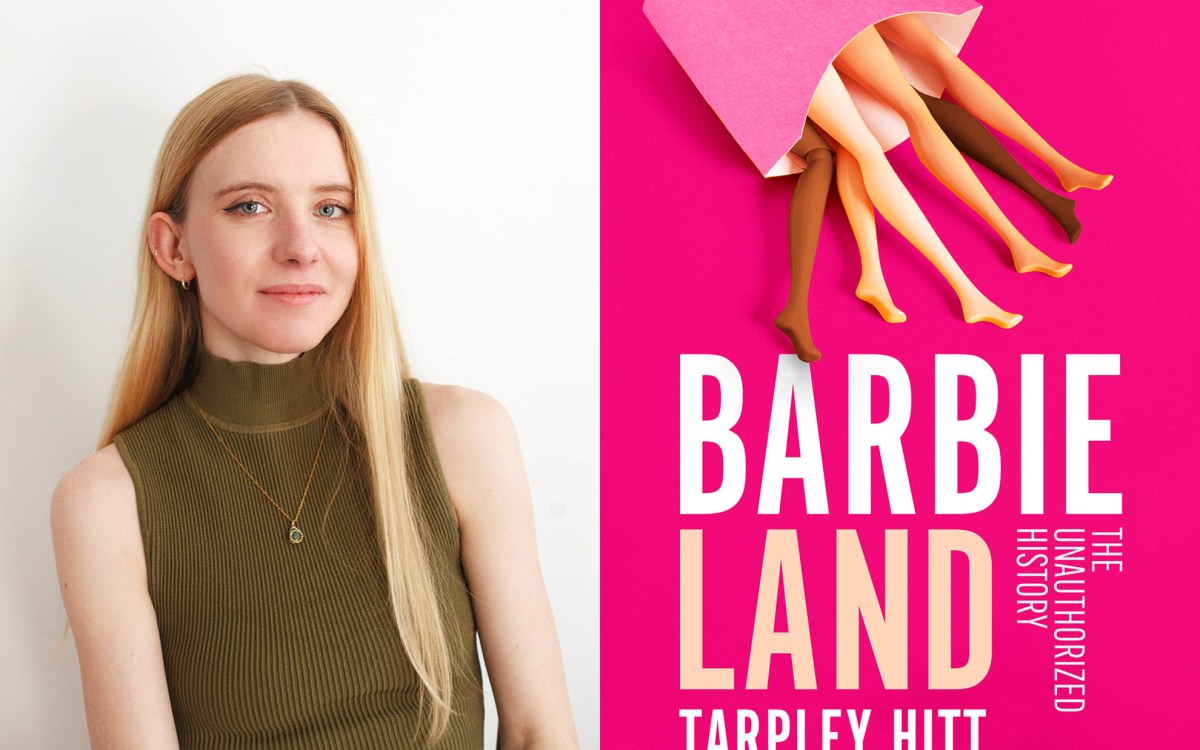
Illustration by Tim Bouckley / Ikon Images
Why you like what you like
Your preferences aren’t as original as you may think, says behavioral scientist
Part of the Wondering series
A series of random questions answered by Harvard experts.
The Business School’s Michael I. Norton has explored the influence of social norms on individual choices in his research and in the books “Happy Money” and “The Ritual Effect.” We asked him about the process behind personal preferences.
Our preferences vary from category to category. Music preferences are developed in the teen years. Typically, people think whatever music they were listening to from age 16 to 20 is the best music automatically, because that’s when they were forming their identity. But your favorite car brand doesn’t develop until you’re out there shopping for cars. So when the thing hits you that you need in your life, you start to develop preferences at that time. At the same time, your parents’ preferences massively influence your own, like the brand of spaghetti sauce you use is highly correlated with the one your parents used.
We like to think that our attitudes lead to our product choices, which is true sometimes, but it’s also the case sometimes that the product choices lead to the attitudes after the fact. And we’re not really aware of when that’s happening to us. For example, everyone in Manhattan has their opinion about the best pizza place. And it turns out that it’s almost always within walking distance of where they live. So is it the best pizza place? Or did they randomly end up in that spot?
We like to think that our attitudes lead to our product choices, which is true sometimes, but it’s also the case sometimes that the product choices lead to the attitudes after the fact.
It’s totally clear that it’s pretty random, but that’s not how we think about what we like, because we think we like what we like, and we come up with reasons after the fact.
Wine connoisseurs, for example, will try to drink every wine to develop their palate. So you could say, well, if you develop expertise, then you’re more likely to have it be your true preference. But it’s still out of a set. And things like the price of a wine dramatically influence your views. So even with drinking all the wines, you’re still getting all these signals about how good it is.
Online, it’s easier than it used to be for companies to figure out our personalities and target consumers based on that. We tend to think of our social media as reflecting who we are, which means it’s very different if a brand pops up on your Facebook or Instagram page, because you are more likely to think, “Oh, I like this part of who I am.” Whereas if I just throw something randomly at you on the radio, well, “Hold on a second, maybe that’s not something I like, it’s just because I happen to be listening right now.”
One of the things that AI can do is pull out associations that you wouldn’t otherwise pull out. Marketers already knew that if you were buying hot dog buns, you were probably also interested in hot dogs. But there are things that are correlated with each other for a reason we can’t necessarily put our finger on, but that can be pulled out of the data. And that means that we’re getting more and more personalized ads and brands thrown at us.
To like something organically, without influence from companies or your social network, is really hard to do. You’re going to see what your friends wear — they don’t have to say, “Buy this brand,” but you’re going to see it and you’re exposed to it. The fact that fashion differs from country to country is because you look locally and you pick something out of the set that’s there.
We are able to segment down to very specific preferences and it’s much easier to have subcultures than it used to be, but that’s still a community and we reinforce each other. Even with something like “normcore,” dressing normal and boring is an aesthetic. You’re still choosing pants from a retailer and in the end, you are reflecting your preferences and something about yourself.
At the same time, so many categories are different group to group. We share this one with our parents, and we share this one with this other set of people, and then everybody’s still drinking bottled water from the same three brands. So it’s not types of people who all buy the same things. It’s really across product categories and across people. We have all these different identities that we’re expressing in all sorts of different ways.
As for how our tastes might change, economists would think of it in terms of switching costs. So is it easy or hard to change the preference. For example, going from a PC to a Mac, you can do it obviously, they’re both computers, but there’s some switching costs, because it’s a different interface and you have to relearn something. Whereas with shirts, I know how to put all the shirts on. So switching costs to another brand are very, very low. I might as well jump over to another brand, or pizza, or whatever it might be. But things where it’s hard to move from one to the other are where people are more likely to stay where they are.
As told to Anna Lamb, Harvard Staff Writer




